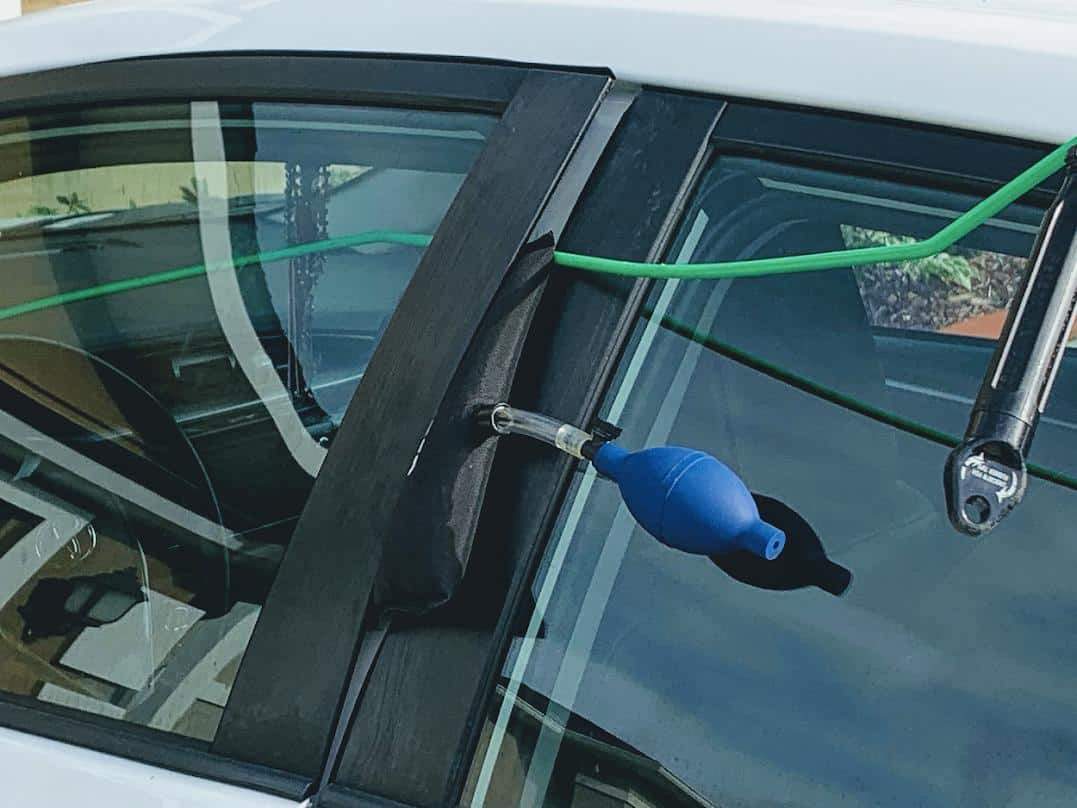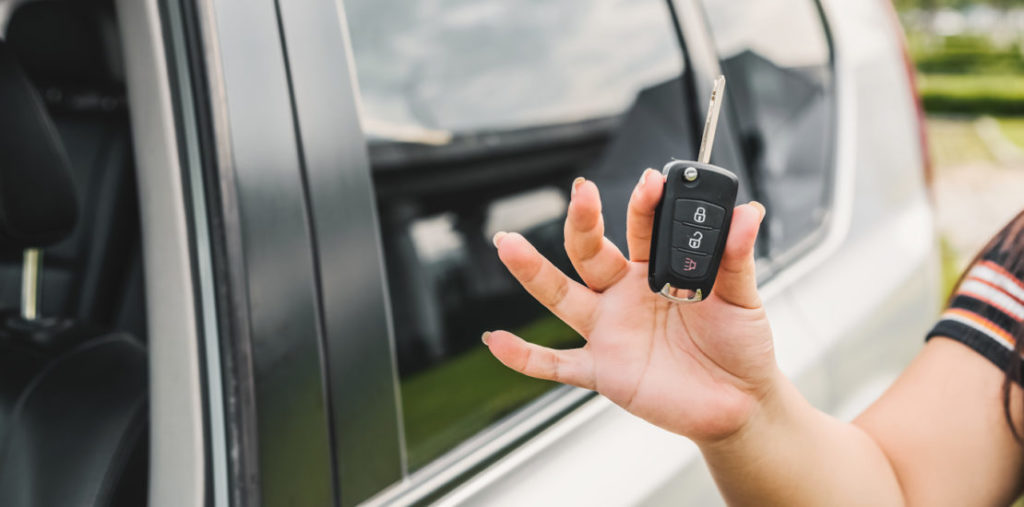For many people, the thought of being locked out of their car is a scenario they’d rather avoid. Whether it’s a simple mistake or an unexpected malfunction, knowing how to use a slim jim properly can be a lifesaver. A slim jim is a tool that can help you unlock your car without needing to call a locksmith. However, it’s crucial to understand the proper use of this tool to avoid causing damage to your vehicle.

Understanding the Slim Jim
The slim jim is a long, flat piece of metal with notches along one edge. It’s designed specifically for unlocking car doors by manipulating the internal lock mechanisms. While it’s a handy tool, it requires precision and care.
The Anatomy of a Slim Jim
Before attempting to use a slim jim, familiarize yourself with its structure. The notches are meant to catch onto the lock rods inside the door, allowing you to maneuver the locking mechanism.
When to Use a Slim Jim
This tool is best used on older model vehicles with upright locks. Modern cars with electronic locks or side airbags may not be suitable for this method.
Preparation Before Use
Before you begin, ensure you have the right conditions for using a slim jim. Check that your car’s locks are compatible and that you have the necessary tools.
Gathering Necessary Tools
Besides the slim jim, you might need a flashlight to see into the door panel, and possibly a wedge to create space.
Safety Measures
Ensure the car is stable and parked on a flat surface. Keep your hands clear of sharp edges to prevent injury.
Steps to Use a Slim Jim Properly
Follow these steps to ensure you’re using the slim jim correctly:
Step 1: Insert the Slim Jim
Carefully slide the slim jim between the window and the weather stripping. Be gentle to avoid damaging the vehicle’s weather seal.
Step 2: Locate the Locking Mechanism
Use the notches on the slim jim to feel for the lock rod. This step may take some patience and trial and error.
Step 3: Engage the Lock Rod
Once you’ve found the lock rod, maneuver the slim jim to catch it. Gently pull up to unlock the door.
Step 4: Remove the Slim Jim
After successfully unlocking the door, remove the slim jim carefully to avoid scratching the window or door panel.
Common Mistakes and How to Avoid Them
Using a slim jim can be tricky, and mistakes can lead to damage. Here are some common pitfalls:
Applying Too Much Force
Patience is key. Applying excessive force can damage the lock mechanism or break the slim jim itself.
Incorrect Positioning
Ensure the slim jim is properly aligned with the lock rod. Misalignment can lead to scratches or ineffective attempts.
Legal and Ethical Considerations
It’s important to use a slim jim responsibly. Ensure you have permission to unlock the vehicle and are complying with local laws.
Permission and Authority
Never use a slim jim on someone else’s car without explicit permission.
Legal Implications
Using a slim jim on a vehicle you don’t own can have legal consequences. Always act within the law.
Alternative Methods and Tools
If a slim jim isn’t suitable for your car, consider other methods such as a shoelace or calling a professional locksmith. Learn about shoelace car unlock options for modern vehicles.
Professional Assistance
If you’re unable to unlock the car yourself, a locksmith can provide professional help. Explore smart car lock solutions that may prevent future lockouts.
Other DIY Methods
Consider using a coat hanger or wedge if applicable. However, these methods also require caution and precision.

FAQs: Slim Jim Use
Can a Slim Jim damage my car?
Yes, if not used carefully, a slim jim can scratch the window or damage the lock mechanism.
Which cars are compatible with a Slim Jim?
Older models with upright locks are generally compatible. Modern cars with electronic locks are not.
What should I do if I’m unable to unlock my car?
Consider calling a professional locksmith or using alternative methods. Check out locked keys solution for more guidance.
In conclusion, knowing how to use a slim jim properly can save you time and frustration. However, it’s essential to use it responsibly and understand its limitations. Whether you’re a homeowner, renter, or car owner, having this knowledge can be invaluable in unexpected lockout situations.
This article contains affiliate links. We may earn a commission at no extra cost to you.






